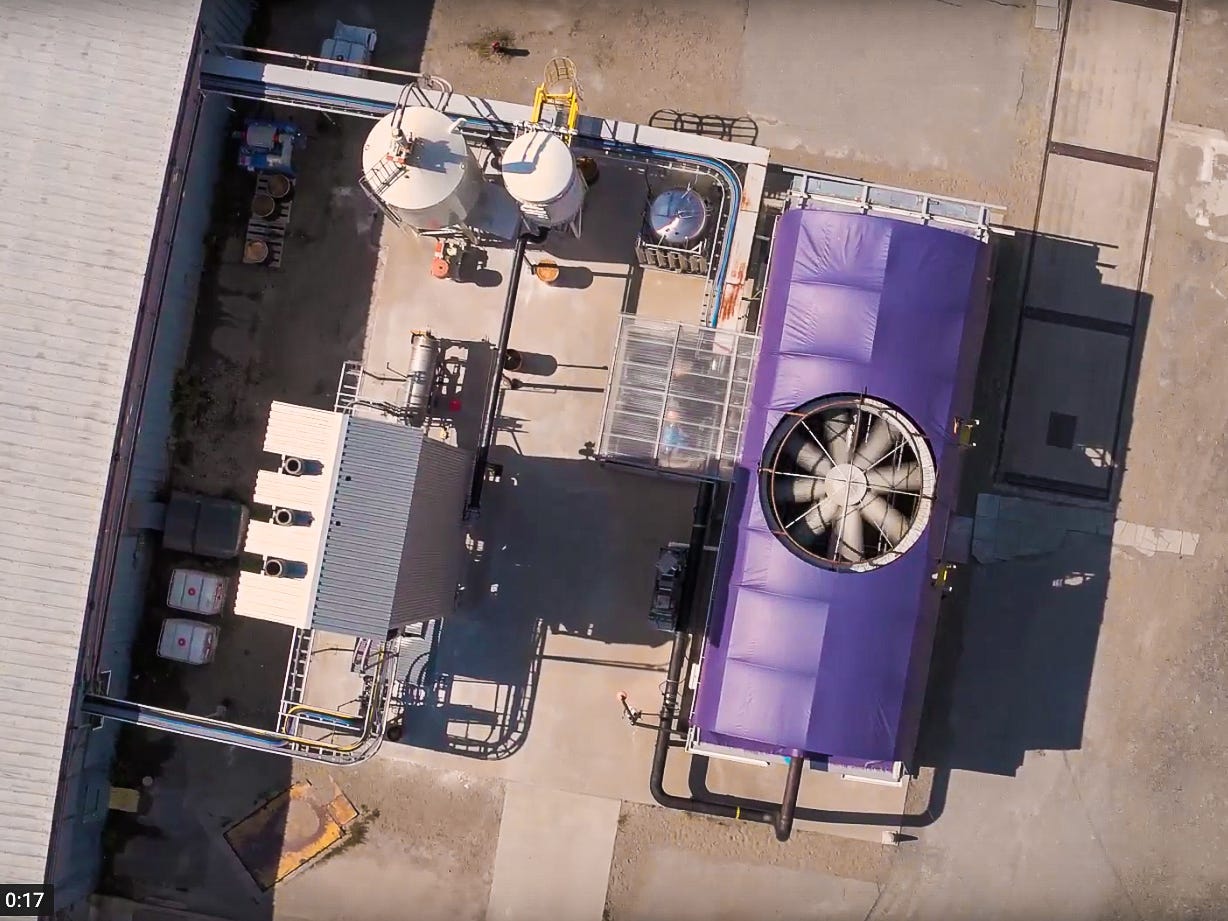
Barry Lewis/InPictures via Getty Images
- Exxon Mobil on Monday announced a new business focused on low-emissions technologies.
- The business will initially focus on carbon capture, a technology Exxon has been developing for years, and spend $3 billion through 2025.
- The announcement follows mounting pressure from investors who have been pushing the company to do more to address climate change.
- Visit Business Insider’s homepage for more stories.
Exxon Mobil, the largest US oil company, announced on Monday that it was forming a new business focused on low-emissions technologies including carbon capture. The announcement follows reports that investors with more than $2 trillion in assets are pressing the company to move more quickly to address climate change.
The Irving, Texas-based company said it plans to spend $3 billion through 2025 on what it calls “lower-emission technologies.” That’s $600 million a year, or 3% to 4% of the firm’s project budget for 2021.
Part of that will go toward 20 new carbon-capture projects that Exxon also announced Monday.
“With our demonstrated leadership in carbon capture and emissions reduction technologies, ExxonMobil is committed to meeting the demand for affordable energy while reducing emissions and managing the risks of climate change,” Exxon CEO Darren Woods said in a statement.
Carbon capture involves sucking greenhouse gas emissions out of ambient air or from point sources, such as steelmaking factories. It’s among a suite of technologies researchers say we’ll need to achieve the goals of the Paris Agreement, an international accord aimed at keeping global warming in check.
The technology is attractive to oil companies in part because it doesn't require that they rewrite their business models and pump less crude from the ground. As Exxon advances its carbon capture projects it will be able to lower the carbon emissions associated with each barrel of oil - something known as "carbon intensity."
In December, the company committed to reducing the carbon intensity of emissions stemming from oil exploration and production by as much as 20% by 2025.
Other major oil companies including BP and Shell have taken more aggressive approaches to lower their emissions over the last year, such as by investing in clean energy sources like wind and solar. BP, for one, said it will spend $4 billion to $5 billion a year by 2025 on low-carbon energy.
Exxon is scheduled to report financial results on Tuesday morning.

Investors call on Exxon to address its climate impact
The pressure on Exxon to do more to address climate change has been building over the past few months.
Last year, the activist firm Engine No. 1, with the support of CalSTRS, began a campaign to elect four new board members, push the company to invest in cleaner sources of energy, and preserve its dividend. Other investors including BNP Paribas, through its asset management division, are pressing Exxon to be more transparent about its lobbying efforts as they pertain to climate change.
These efforts are snowballing: Reuters reported last month that more than 135 investors who manage more than $2 trillion altogether are forming a coalition to force the company to make similar changes.
It's not clear whether those investors will be satisfied by Monday's announcement.

Carbon Engineering
Exxon's new business will focus on carbon capture
Exxon has been developing and using carbon-capture technologies for years.
The new business, dubbed Low Carbon Solutions, marks a major expansion of that effort and it includes new carbon capture projects located in the US, Europe, the Middle East, and Asia. Exxon also suggested it may expand its work with hydrogen.
"ExxonMobil Low Carbon Solutions will also leverage ExxonMobil's significant experience in the production of hydrogen which, when coupled with CCS, is likely to play a critical role in a lower-carbon energy system," Exxon said in the press release.
The Low Carbon Solutions business will be spearheaded by Joe Blommaert, who was formerly the SVP for global operations in Exxon's chemical business. The company also elected him as VP, a coveted title shared by just 12 other executives.
